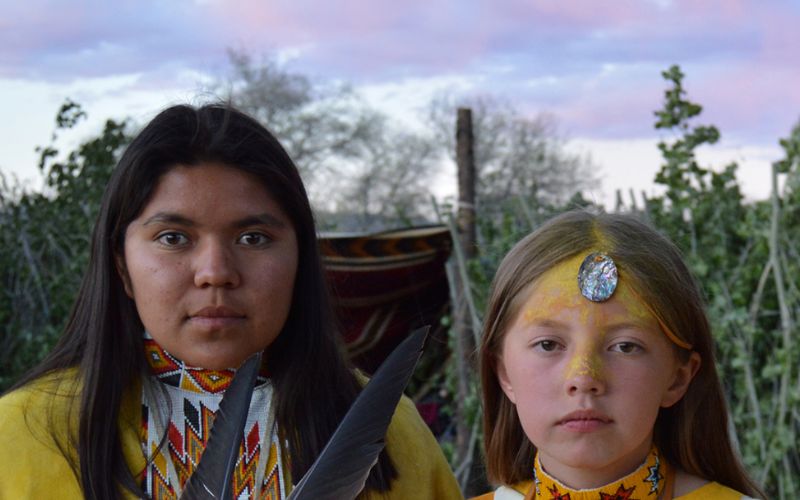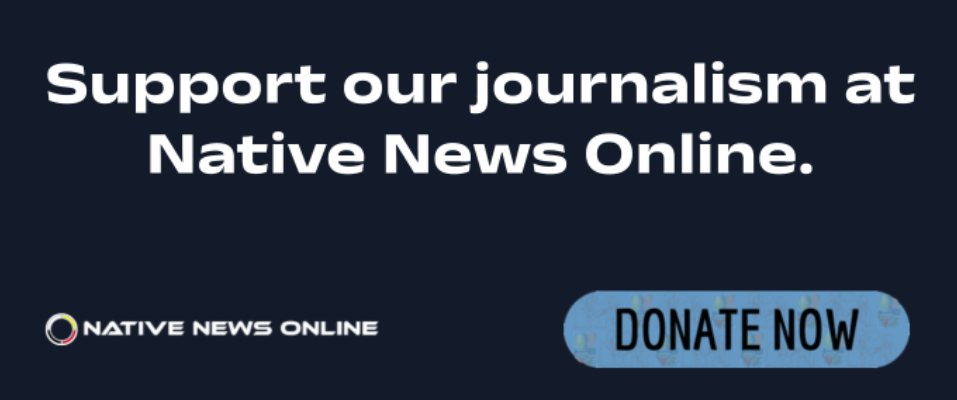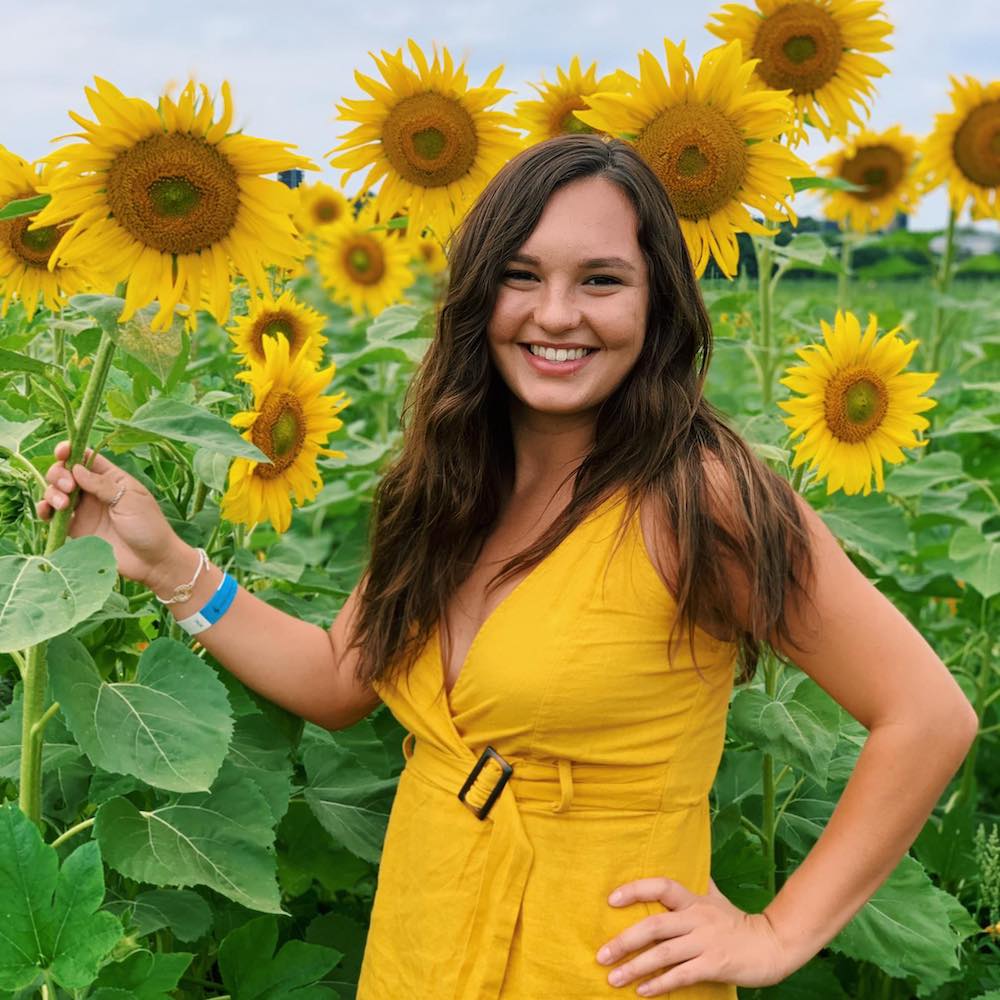
- Details
- By Kaili Berg
Growing up, Gertrude Smith (Yavapai-Apache) was shamed for trying to learn her language. Today, she is involved in the largest effort to revitalize it.
“We are doing it. Even though it can be a challenge for us at times, it can be done,” Smith, the Yavapai Culture Director at the Yavapai-Apache Cultural Resource Center, told Native News Online.
For the first time in nearly 30 years, efforts to save the Yavapai-Apache languages are being made with the launch of online dictionaries and picture books featuring Dilzhe’e (Apache) and Wipukpa-Tolkapaya (Yavapai) languages.
Smith spearheads the tribe’s language revitalization by providing culture, art and language classes through the Yavapai-Apache Cultural Resource Center.
The Yavapai-Apache Nation is located in the Verde Valley of Arizona and consists of two distinct peoples, the Yavapai and Apache. The Yavapai refer to themselves as Wipuhk’a’bah and speak the Yuman language, while the Apache refer to themselves as Dil’zhe’e and speak the Athabaskan language.
The dictionaries and picture books are the latest most successful efforts in the revitalization of the Nation’s languages, Smith said.
“We have had work done, but for one reason or another, nothing ever went this far, so we are really happy with it,” said Smith.
‘We are basically starting from scratch’
Calculations predict that up to 95 percent of the world’s languages may become extinct or endangered by the end of the century, and Indigenous languages make up the majority of those that are under threat, according to the United Nations Permanent Forum on Indigenous Issues.
The degradation of Indigenous languages has roots in colonization, bolstered by federally driven-efforts to eradicate Native cultures. During the forceful removal of Native Americans in the 1800s, the Yavapai-Apache lost a large number of their men after being forced to the Rio Verde Reserve and then the Can Carlos Reservation after being captured by the U.S. military.
The Yavapai-Apache then became a matriarchal society led by women within their tribe. When released by the U.S. army in 1900, tribal members began migrating back to their homeland. The Nation was then formed in 1934 in an effort by the federal government to establish a single tribe in Arizona’s Upper Verde Valley.
“That is when Christianity took over, and they put a lot of our culture away,” Smith said. “At that time we were not supposed to speak our language. Right now, we are basically starting from scratch but we are coming back.”
For generations, Arizona’s Native American children were shipped to one of 47 boarding schools in the state, where children were not allowed to speak their Native language. The passage of the Native American Language Act in 1990 repudiated past government policies of eradicating Indigenous languages.
By partnering with The Language Conservancy, a non-profit organization that works to revitalize Indigenous languages around the world, and with funding $250,000 grant from the Department of Health and Human Services, the Yavapai-Apache utilized the help of fluent language speakers to compile the newly launched the digital dictionary and picture books, both accessible online or in the app store.
In 1996, The Language Conservancy started compiling the Dilzhe’e Apache dictionary, but collecting words was a challenge. Both languages rely on descriptions rather than single words. This makes spelling challenging and creates diversity in pronunciation.
“When it [the dictionary] was written in the past, the elders would get confused because it was not spelled right or done correctly to them,” Smith said.” It was hard for them to relate. We had a lot of interesting questions on it, but we are glad that it is almost done now.”
‘These are the things that make us Indigenous’
Languages become endangered when they begin to show signs of extinction. These signs include having a relatively small number of speakers left, a declining number of speakers, and when children stop learning it as their dominant language.
Now, with only five fluent Athabaskan speakers left over the age of 70 and no fluent Yuman language speakers left over the age 70, the languages are both considered endangered. It is unknown how many total speakers are left under the age of 70.
Other efforts are being made by offering language classes for children after school. Language camps are also provided at Camp Verde High School in Arizona.
“We do offer language classes, and the local schools will drop children off to us,” Smith said. “The first hour is a language lesson, and then we break out into an activity, whether that be language bingo or Uno. The dictionary will be another tool to help these young learners as well.”
The dictionaries are available through the app store as the Wipukpa-Tolkapaya Yavapai Mobile Dictionary and the Dilzhe’e Apache Mobile Dictionary by the Language Conservancy.
“We hope that we can produce a few speakers and revitalize our culture, arts, and traditions,” Smith said. “We are looking forward to training the next generation's teachers that will carry the torch. Without these things we are not unique and these are the things that make us Indigenous.”
More Stories Like This
Native Americans Could Be Hit Hard as Education Department Resumes Student Loan Wage GarnishmentHanging a Red Dress for Christmas: MMIP, Native Higher Education, and Hope for a Better New Year
Native Students Can Win $5,000 Scholarship, International Distribution in Pendleton Design Contest
American Indian College Fund Raises Alarm Over Plan to Shift Native Programs Away From the Dept. of Education
MacKenzie Scott Foundation Gives $5 Million Contribution to Little Priest Tribal College
Help us defend tribal sovereignty.
At Native News Online, our mission is rooted in telling the stories that strengthen sovereignty and uplift Indigenous voices — not just at year’s end, but every single day.
Because of your generosity last year, we were able to keep our reporters on the ground in tribal communities, at national gatherings and in the halls of Congress — covering the issues that matter most to Indian Country: sovereignty, culture, education, health and economic opportunity.
That support sustained us through a tough year in 2025. Now, as we look to the year ahead, we need your help right now to ensure warrior journalism remains strong — reporting that defends tribal sovereignty, amplifies Native truth, and holds power accountable.
 The stakes couldn't be higher. Your support keeps Native voices heard, Native stories told and Native sovereignty defended.
The stakes couldn't be higher. Your support keeps Native voices heard, Native stories told and Native sovereignty defended.
Stand with Warrior Journalism today.
Levi Rickert (Potawatomi), Editor & Publisher


